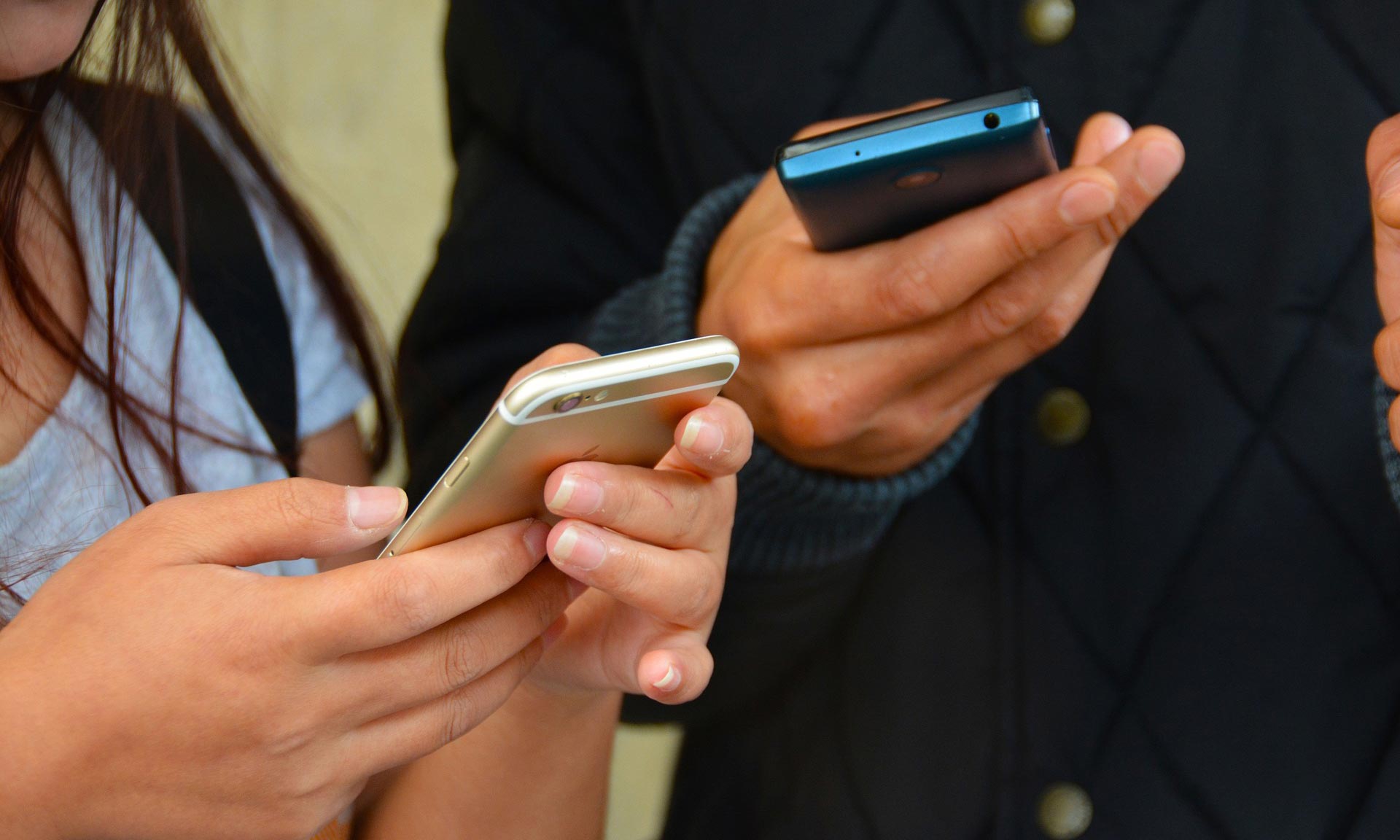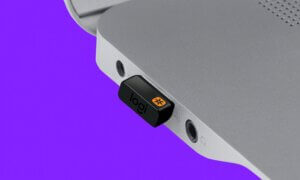While consumer electronics manufacturers are doing their best to improve battery life, engineers are fighting to make services take up less power. For example, a team from University of Washington has succeeded in making Wi-Fi transmissions happen with 10,000 times less power than they usually need #todaymagic
Called “Passive Wi-Fi”, the technology integrates easily with routers and smartphones, without sacrificing battery life. The fact that this achievement can change the smartphone scene in a blink made the MIT Technology Review include it in their top 10 breakthrough technologies of 2016.
But how does it work? Well, you know how wireless Internet needs a digital frequency and an analogue radio frequency to send information to a phone? While the digital frequency has no consequence on your battery life, the analogue radio one can drain it. But what can you do? To receive Wi-Fi, you need this two as well as a receiver on your phone, right?
Not quite. Engineers found a way to decouple analogue and digital, assigning all analogue functions to one plug in device. That device generates the Wi-Fi signal thanks to sensors and the information sent is reflected and absorbed by a low-power digital switch, the “passive wi-fi”. In turn, this bounces the data to your smartphone with a total consumption of 15 to 60 microwatts of power.
Best of all, the Passive Wi-Fi isn’t just a theory or a lucky discovery. The team has done tests in the real world and the reflectors can work with devices found at up to 100 feet distance! With a bit of luck, we could soon see the tech on the shelves.
Follow TechTheLead on Google News to get the news first.







